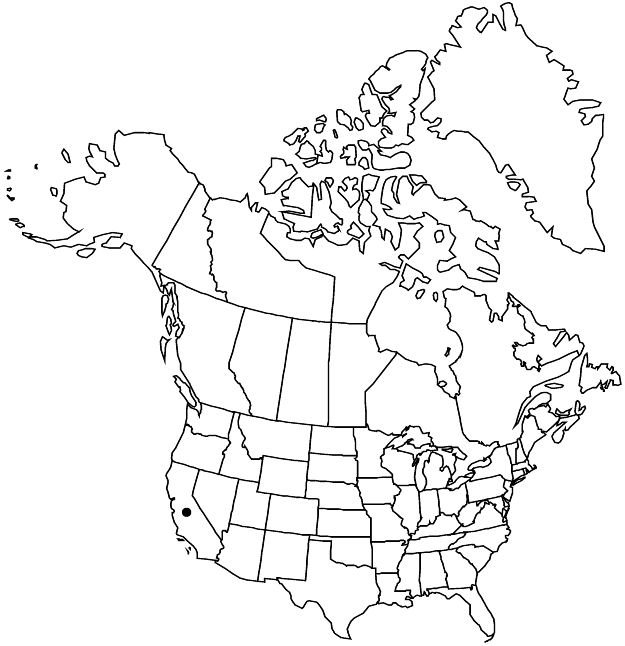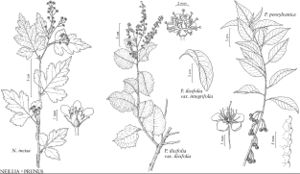Difference between revisions of "Prunus ilicifolia var. ilicifolia"
Treatment appears in FNA Volume 9. Treatment on page 362.
FNA>Volume Importer |
FNA>Volume Importer |
||
| Line 43: | Line 43: | ||
|publication year= | |publication year= | ||
|special status= | |special status= | ||
| − | |source xml=https://jpend@bitbucket.org/aafc-mbb/fna-data-curation.git/src/ | + | |source xml=https://jpend@bitbucket.org/aafc-mbb/fna-data-curation.git/src/f6b125a955440c0872999024f038d74684f65921/coarse_grained_fna_xml/V9/V9_585.xml |
|subfamily=Rosaceae subfam. Amygdaloideae | |subfamily=Rosaceae subfam. Amygdaloideae | ||
|tribe=Rosaceae tribe Amygdaleae | |tribe=Rosaceae tribe Amygdaleae | ||
Revision as of 20:37, 24 September 2019
Shrubs or trees, 10–90 dm. Leaves: petiole 3–10 mm; blade ovate to suborbiculate, 1.6–6 × 1.2–4 cm, margins undulate, spinose-dentate to spinose-serrulate. Drupes dark red to purple, 12–18 mm.
Phenology: Flowering Apr–May; fruiting Aug–Nov.
Habitat: Chaparral, woodlands, canyons, slopes, and ridges
Elevation: 0–1600 m
Distribution

Calif., Mexico (Baja California).
Discussion
Variety ilicifolia is widely cultivated in California because of its persistent, dark green, hollylike foliage.
Selected References
None.
Lower Taxa
None.
